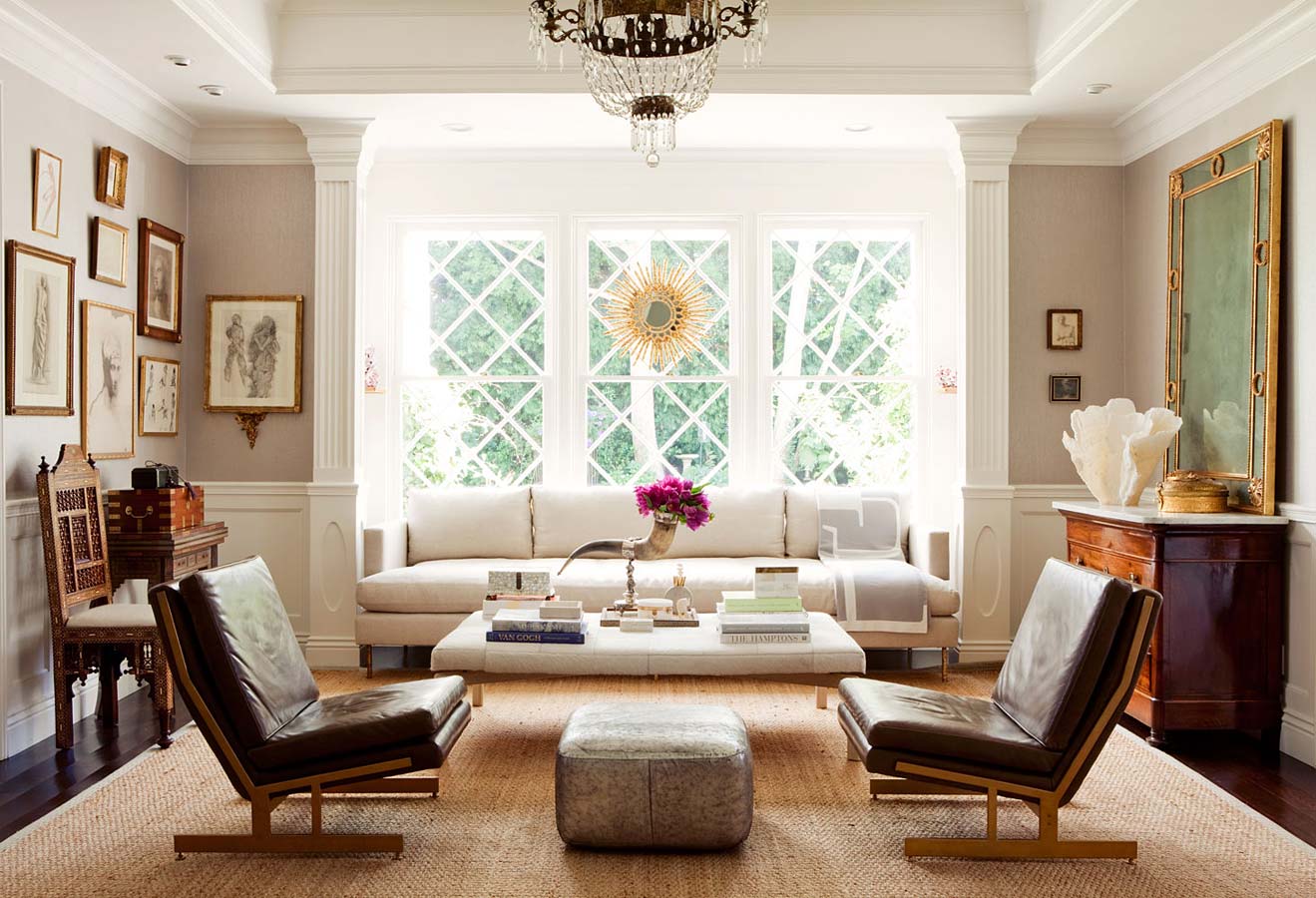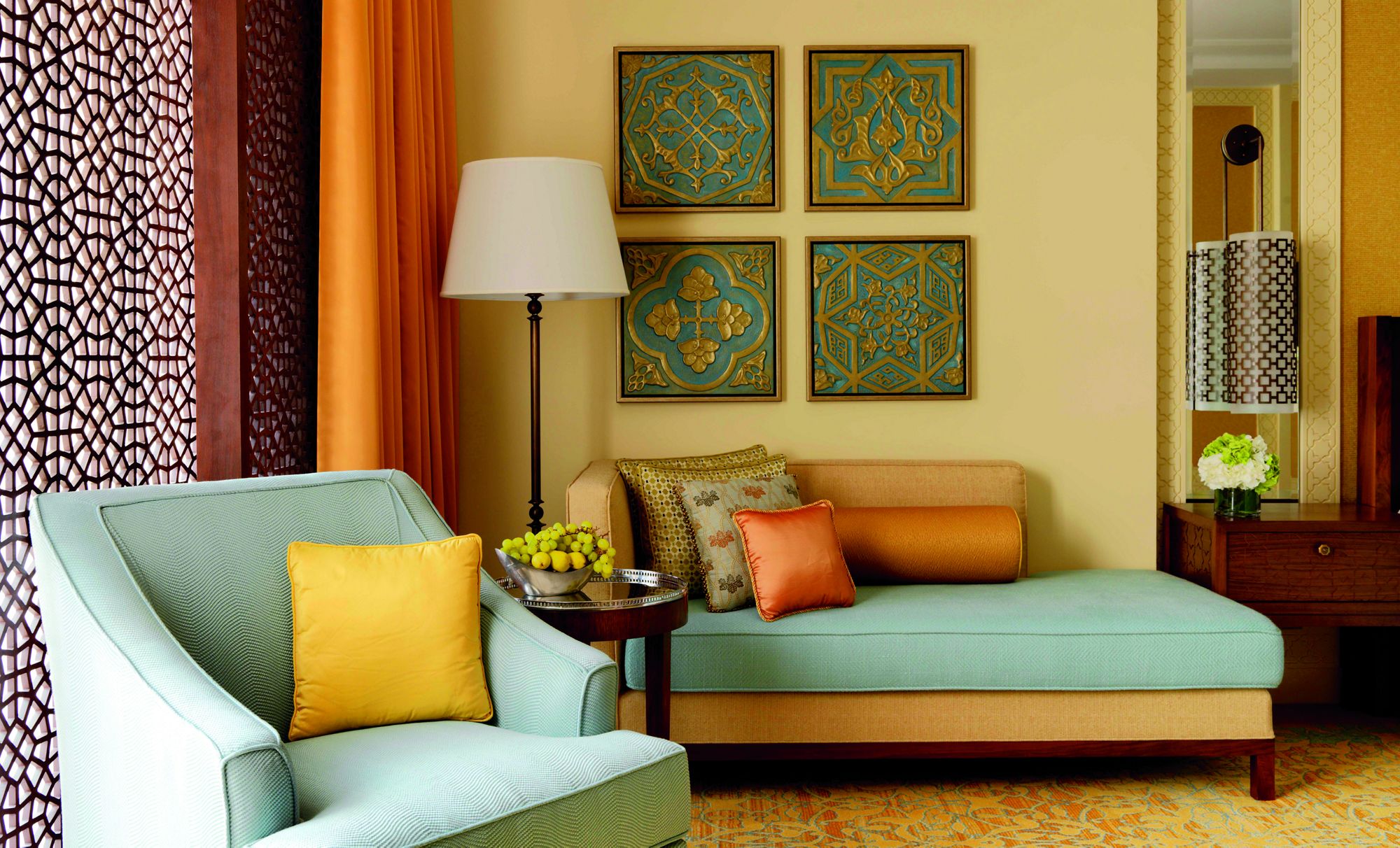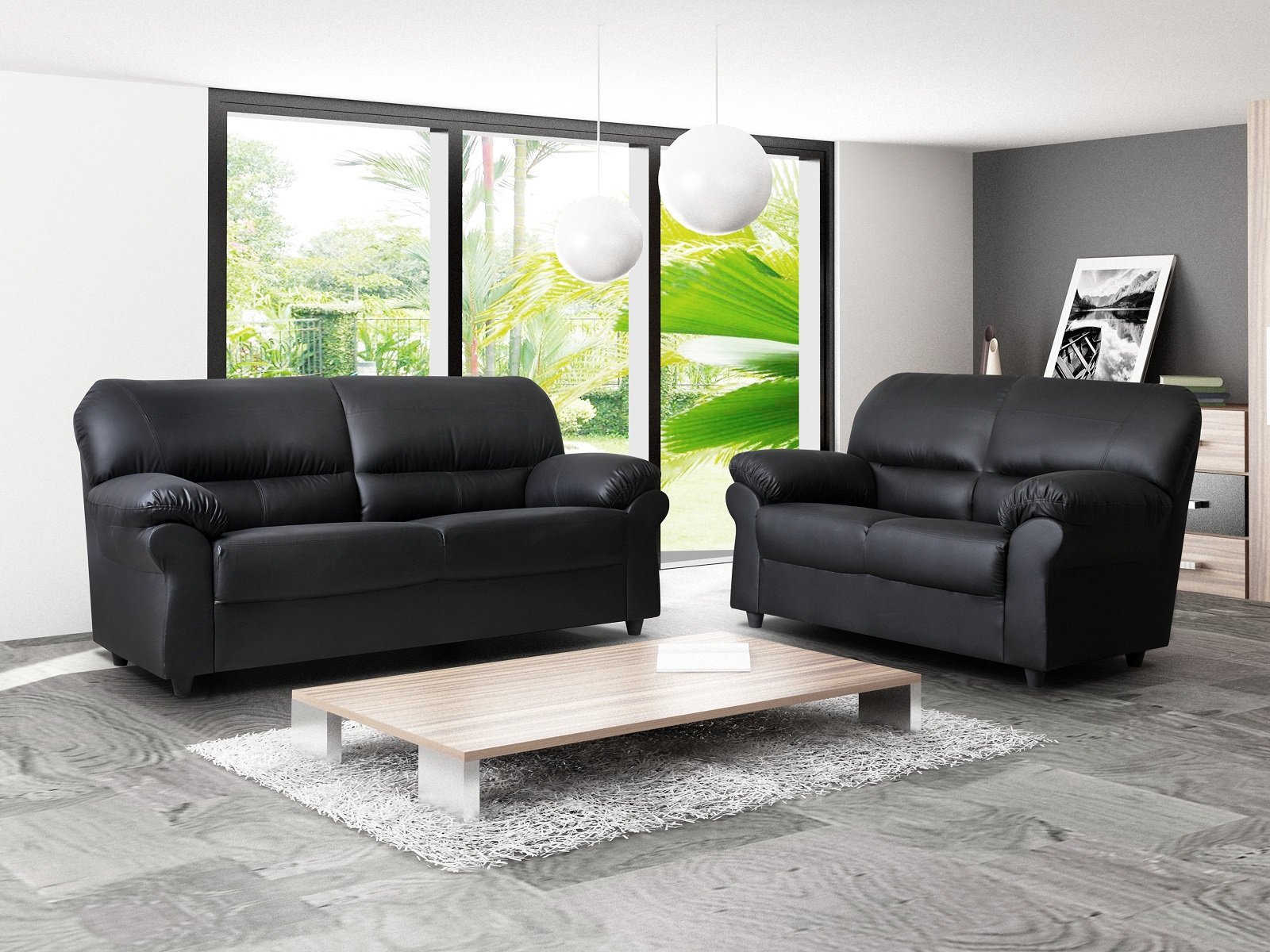The color scheme of your living room plays a significant role in creating a cohesive and inviting space. Each color has its own unique meaning and can evoke different emotions and moods. It's essential to understand the meaning of colors to choose the right hues for your living room design.Understanding the Meaning of Colors for Living Room Design
Color psychology is the study of how colors can affect human behavior and emotions. In interior design, colors are used to create a specific atmosphere and set the tone for a room. Each color has its own psychological impact, making it crucial to consider when designing your living room.The Psychology of Color for Interior Design
When it comes to choosing the right color scheme for your living room, it's all about balance. You want to create a harmonious blend of colors that complement each other and create a cohesive look. Consider the size of your living room, natural light, and existing furniture when selecting your color scheme.How to Choose the Right Color Scheme for Your Living Room
The colors in your living room can have a profound impact on your mood and emotions. Warm colors such as red, orange, and yellow can create a cozy and energetic atmosphere, while cool colors like blue and green can evoke a sense of calmness and relaxation. It's essential to consider the mood you want to create in your living room when choosing colors.The Impact of Color on Mood and Emotions in the Living Room
Colors have been used symbolically for centuries, and this also applies to interior design. For example, blue is associated with trust and tranquility, making it a popular color for living room decor. Green is often associated with nature and growth, while red is seen as a bold and passionate color. Consider the symbolism behind different colors when choosing your living room's color scheme.Exploring the Symbolism of Colors in Living Room Decor
A harmonious color palette is essential for a well-designed living room. You want to choose colors that work well together and create balance in the space. One way to achieve this is by using the 60-30-10 rule, where 60% of the room is one dominant color, 30% is a secondary color, and 10% is an accent color.Creating a Harmonious Color Palette for Your Living Room
The right color can completely transform a room, and this is especially true for your living room. If you want to make a statement, consider using a bold or vibrant color as your dominant hue. For a more calming and serene atmosphere, opt for softer and muted tones. Color can have a powerful impact on the overall look and feel of your living room.The Power of Color: Using Color to Transform Your Living Room
Color can affect our perception in many ways. For example, warm colors can make a room feel more intimate and cozy, while cool colors can make a space feel more spacious and airy. Darker colors can make a room feel smaller, while lighter tones can make it feel more open. Understanding how colors can influence our perception can help us choose the right colors for our living room.Color Psychology: How Different Colors Affect Our Perception
If you want to create a relaxing and inviting living room, consider using cool and neutral tones. Shades of blue, green, and gray can create a serene and tranquil atmosphere, perfect for unwinding after a long day. These colors also work well with natural light, creating a bright and airy feel in the room.The Best Colors for a Relaxing and Inviting Living Room
Color is the key to creating a cozy and welcoming living room space. Warm and earthy tones, such as browns, oranges, and yellows, can create a sense of warmth and comfort in the room. You can also add pops of color through accent pieces, such as throw pillows, rugs, and artwork, to add visual interest to the space.Using Color to Create a Cozy and Welcoming Living Room Space
The Power of Color in Your Living Room Design

Creating the Perfect Atmosphere
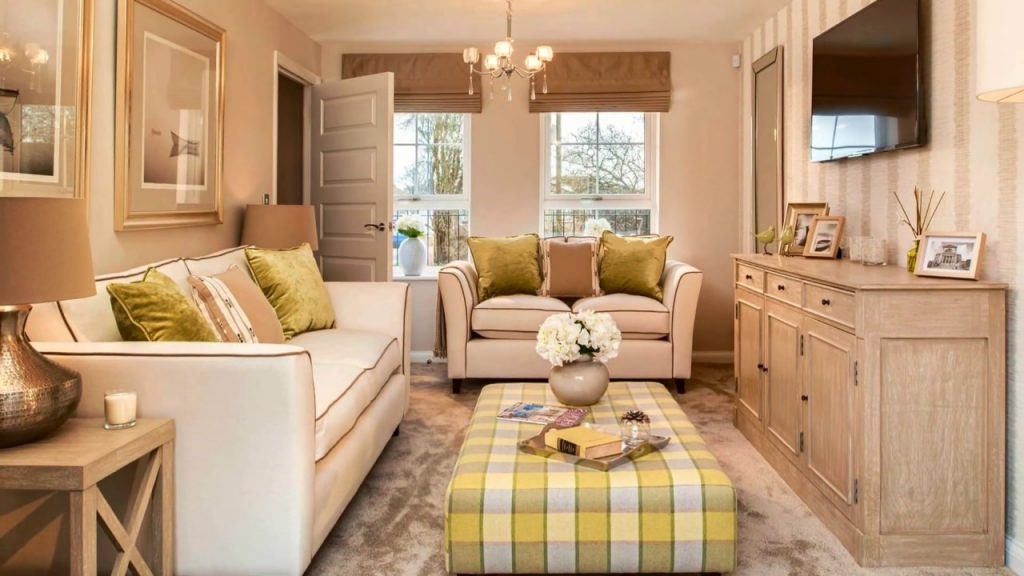 When it comes to designing your living room, one of the most important factors to consider is color. The colors you choose for your living room can greatly impact the overall atmosphere and mood of the space.
From warm and inviting to cool and calming, each color has its own unique meaning and can evoke different emotions.
Understanding the psychology behind colors can help you create a space that not only looks beautiful but also feels just right.
When it comes to designing your living room, one of the most important factors to consider is color. The colors you choose for your living room can greatly impact the overall atmosphere and mood of the space.
From warm and inviting to cool and calming, each color has its own unique meaning and can evoke different emotions.
Understanding the psychology behind colors can help you create a space that not only looks beautiful but also feels just right.
The Warmth of Red
 Red is a bold and powerful color that stimulates the senses and creates a sense of warmth and energy.
In the living room, red can be used as an accent color to add a pop of excitement or as a main color to create a cozy and inviting space.
However, it should be used in moderation as too much red can be overwhelming and create a sense of chaos. If you want to incorporate red into your living room, consider using it in the form of throw pillows, a rug, or a statement piece of furniture.
Red is a bold and powerful color that stimulates the senses and creates a sense of warmth and energy.
In the living room, red can be used as an accent color to add a pop of excitement or as a main color to create a cozy and inviting space.
However, it should be used in moderation as too much red can be overwhelming and create a sense of chaos. If you want to incorporate red into your living room, consider using it in the form of throw pillows, a rug, or a statement piece of furniture.
The Calming Effect of Blue
 Blue is often associated with tranquility and relaxation, making it a popular choice for living room color schemes.
Lighter shades of blue can create a sense of peace and serenity, while darker shades can feel more sophisticated and elegant.
Blue is also known for its ability to promote productivity and creativity, making it a great option for a home office or study area within the living room. Consider pairing blue with neutral colors such as white or beige for a timeless and versatile look.
Blue is often associated with tranquility and relaxation, making it a popular choice for living room color schemes.
Lighter shades of blue can create a sense of peace and serenity, while darker shades can feel more sophisticated and elegant.
Blue is also known for its ability to promote productivity and creativity, making it a great option for a home office or study area within the living room. Consider pairing blue with neutral colors such as white or beige for a timeless and versatile look.
The Brightness of Yellow
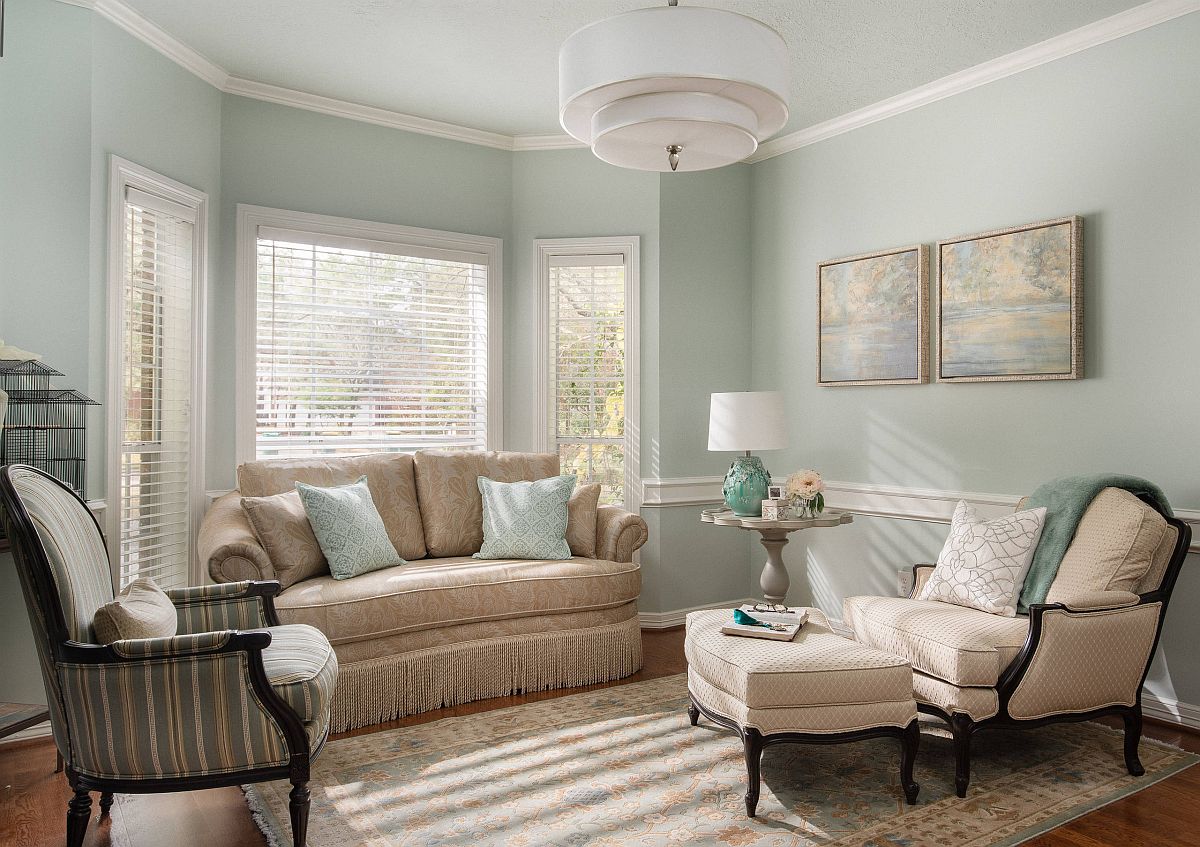 Yellow is a cheerful and energetic color that can instantly uplift a space.
In the living room, yellow can add a sense of warmth and positivity, making it a great choice for a gathering space with friends and family.
However, too much yellow can be overwhelming and create a feeling of anxiety. If you want to incorporate yellow into your living room, consider using it in small doses such as in accent pillows or artwork.
Yellow is a cheerful and energetic color that can instantly uplift a space.
In the living room, yellow can add a sense of warmth and positivity, making it a great choice for a gathering space with friends and family.
However, too much yellow can be overwhelming and create a feeling of anxiety. If you want to incorporate yellow into your living room, consider using it in small doses such as in accent pillows or artwork.
The Sophistication of Grey
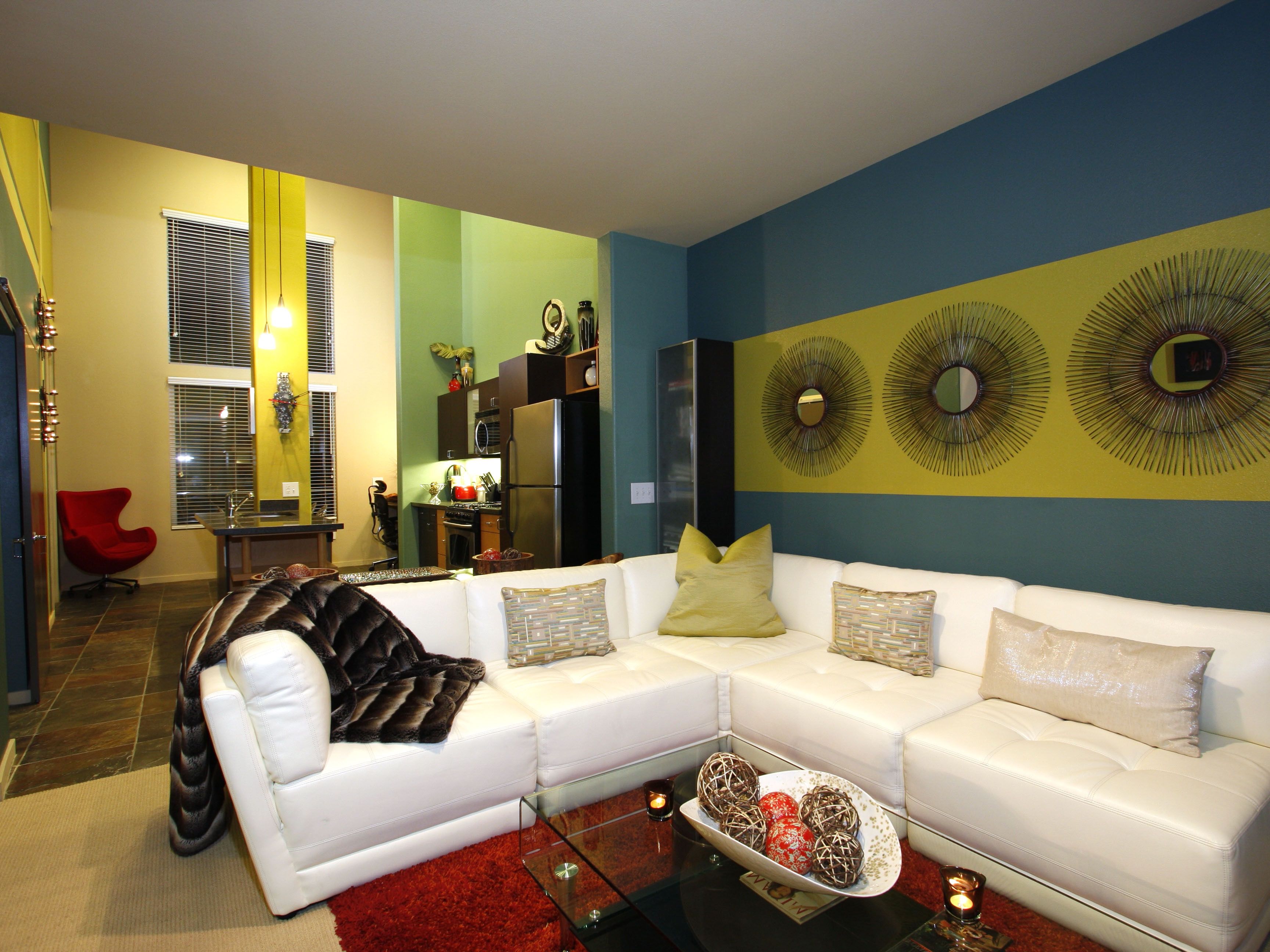 Grey has become a popular color choice for living rooms, as it can create a sense of sophistication and elegance.
Lighter shades of grey can create a clean and modern look, while darker shades can add a touch of drama and luxury.
Grey can also serve as a neutral backdrop for other colors and allow them to shine. Consider incorporating grey into your living room through furniture, curtains, or wall paint.
Grey has become a popular color choice for living rooms, as it can create a sense of sophistication and elegance.
Lighter shades of grey can create a clean and modern look, while darker shades can add a touch of drama and luxury.
Grey can also serve as a neutral backdrop for other colors and allow them to shine. Consider incorporating grey into your living room through furniture, curtains, or wall paint.
The Versatility of Green
 Green is a versatile color that can evoke feelings of nature, freshness, and balance.
In the living room, green can add a sense of calmness and promote a connection to the outdoors.
It is also known to have a soothing effect on the eyes, making it a great choice for a space where you spend a lot of time. Consider using shades of green in your living room through plants, accent walls, or furniture.
Green is a versatile color that can evoke feelings of nature, freshness, and balance.
In the living room, green can add a sense of calmness and promote a connection to the outdoors.
It is also known to have a soothing effect on the eyes, making it a great choice for a space where you spend a lot of time. Consider using shades of green in your living room through plants, accent walls, or furniture.
Bringing It All Together
 Incorporating different colors into your living room can add depth, personality, and meaning to the space.
By understanding the meanings behind each color, you can create a living room that not only looks beautiful but also reflects your own unique style and personality.
Experiment with different color combinations and don't be afraid to step out of your comfort zone. With the right colors, you can create a living room that truly feels like home.
Incorporating different colors into your living room can add depth, personality, and meaning to the space.
By understanding the meanings behind each color, you can create a living room that not only looks beautiful but also reflects your own unique style and personality.
Experiment with different color combinations and don't be afraid to step out of your comfort zone. With the right colors, you can create a living room that truly feels like home.





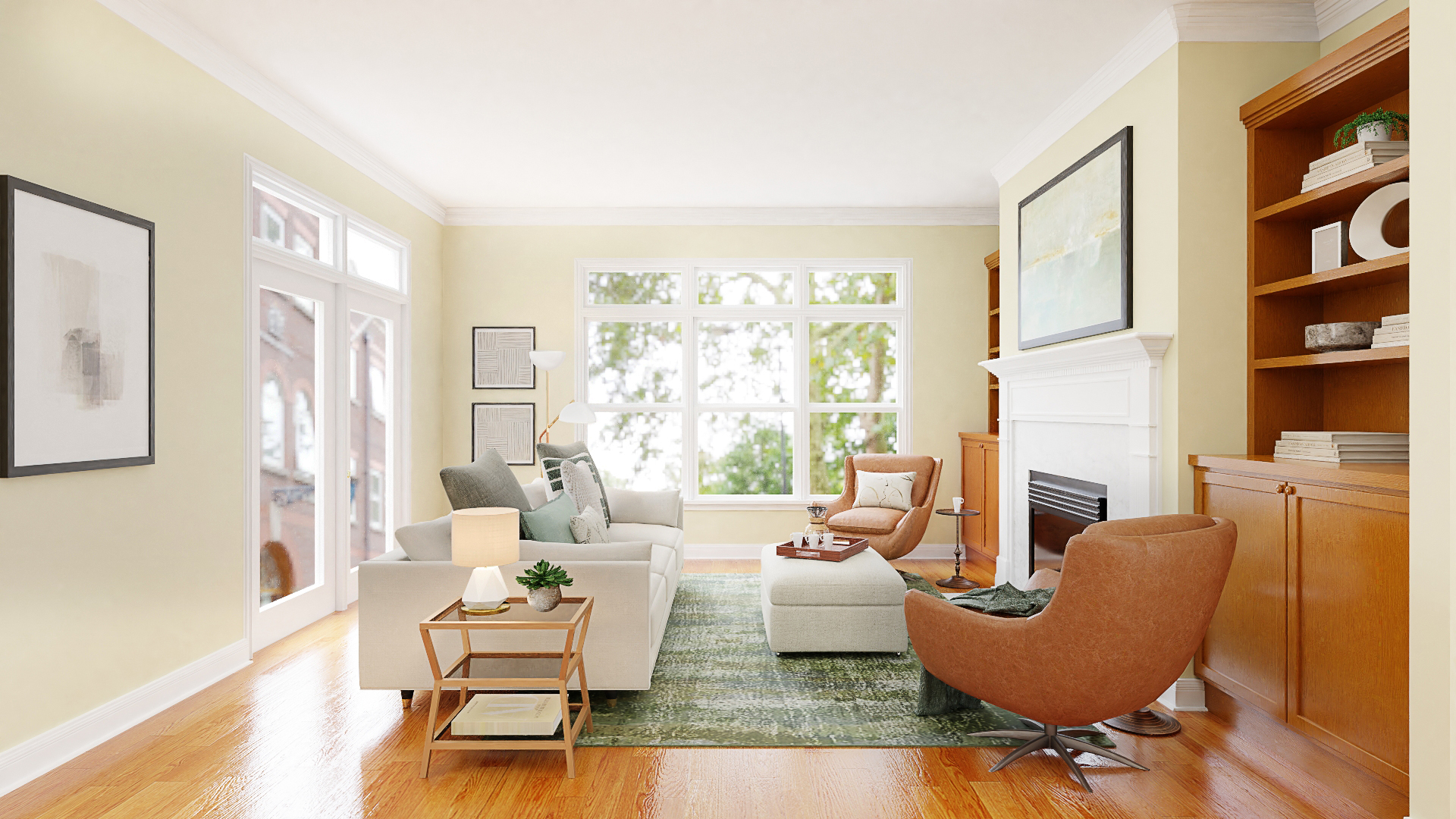

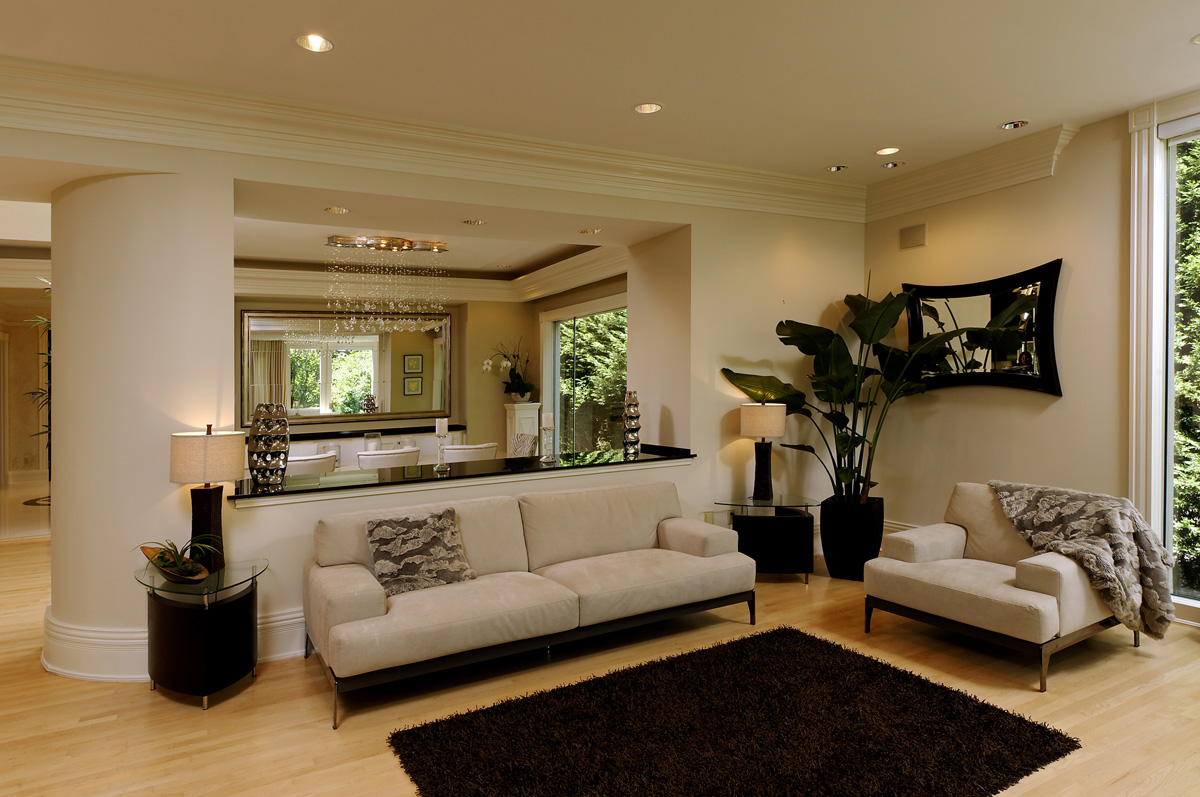

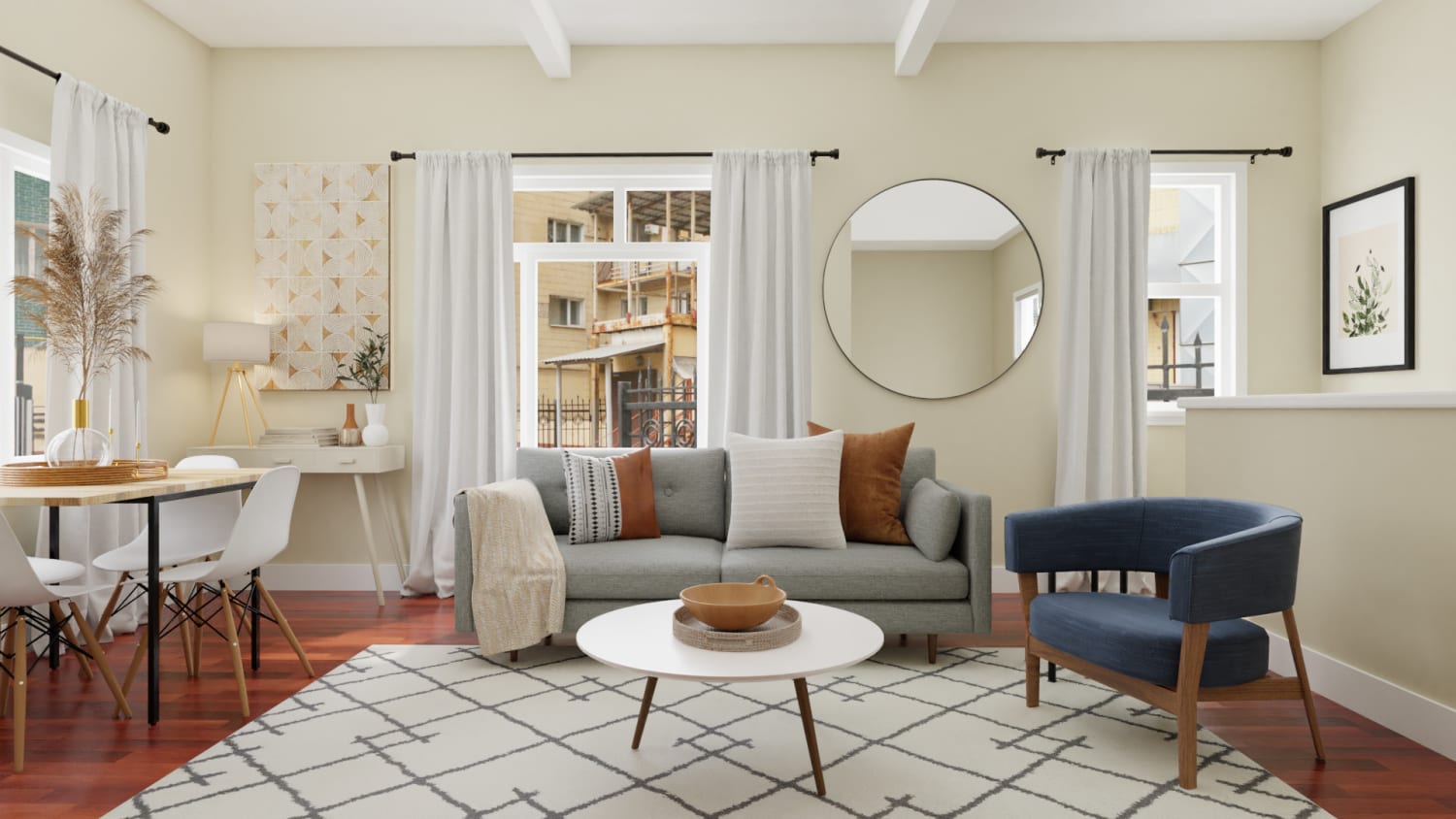






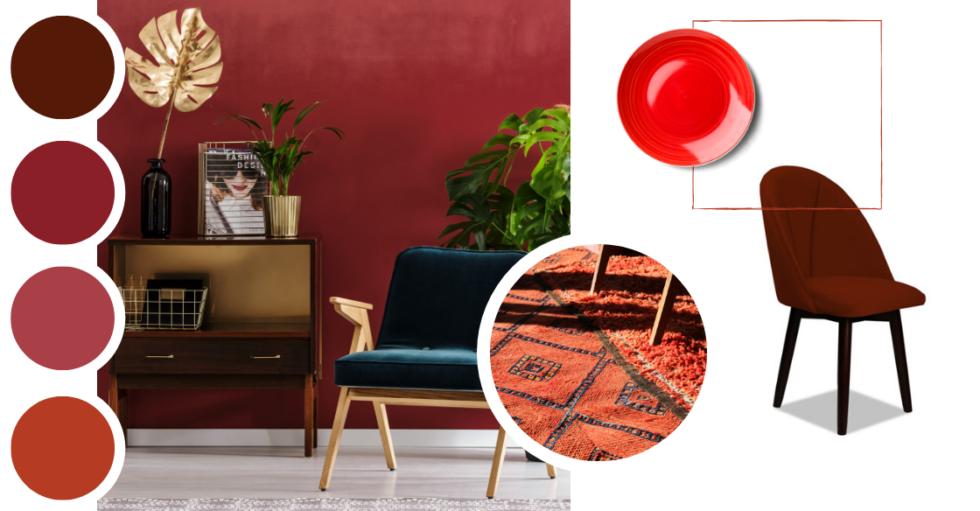
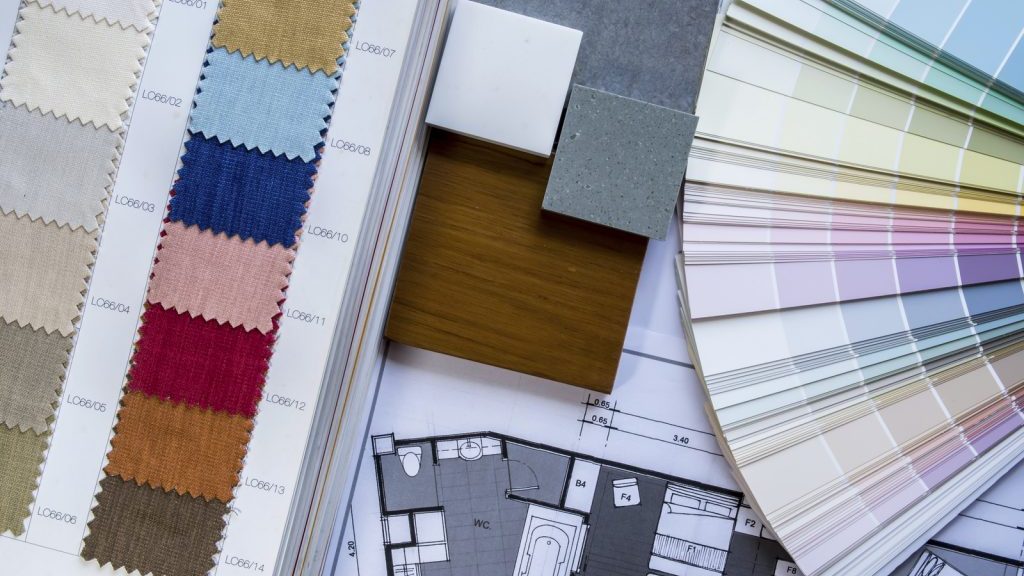

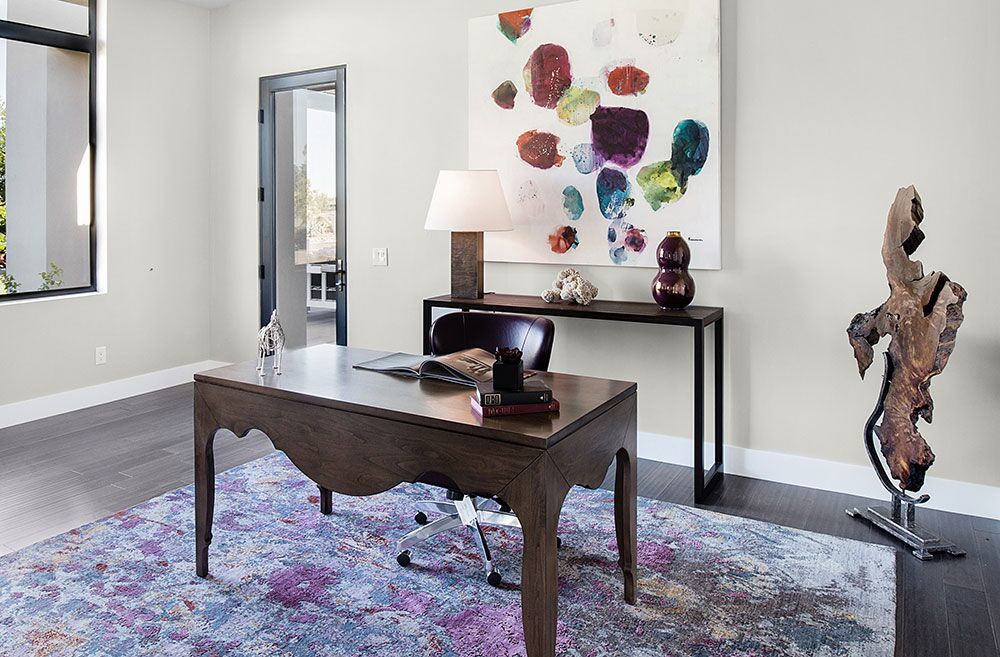

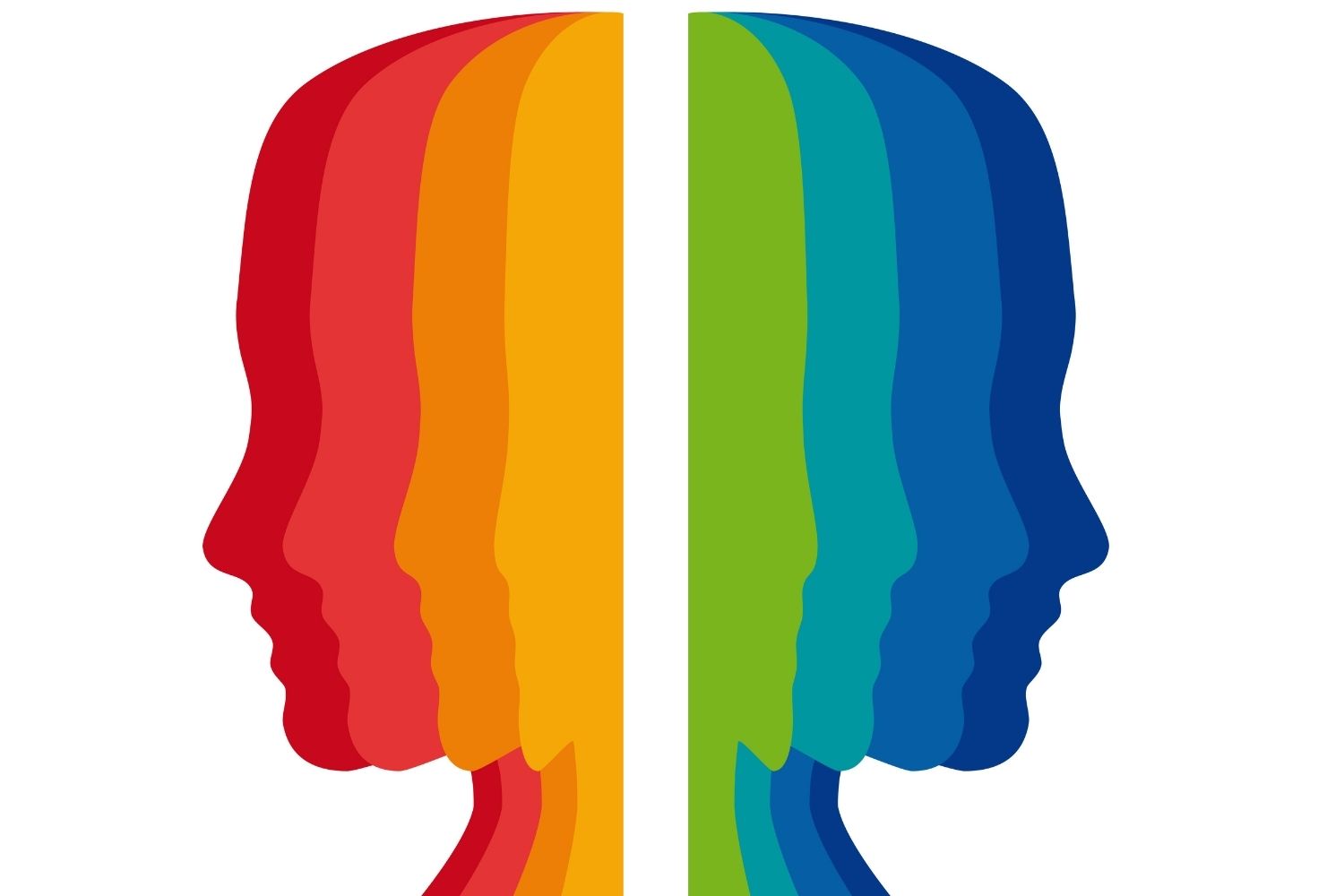


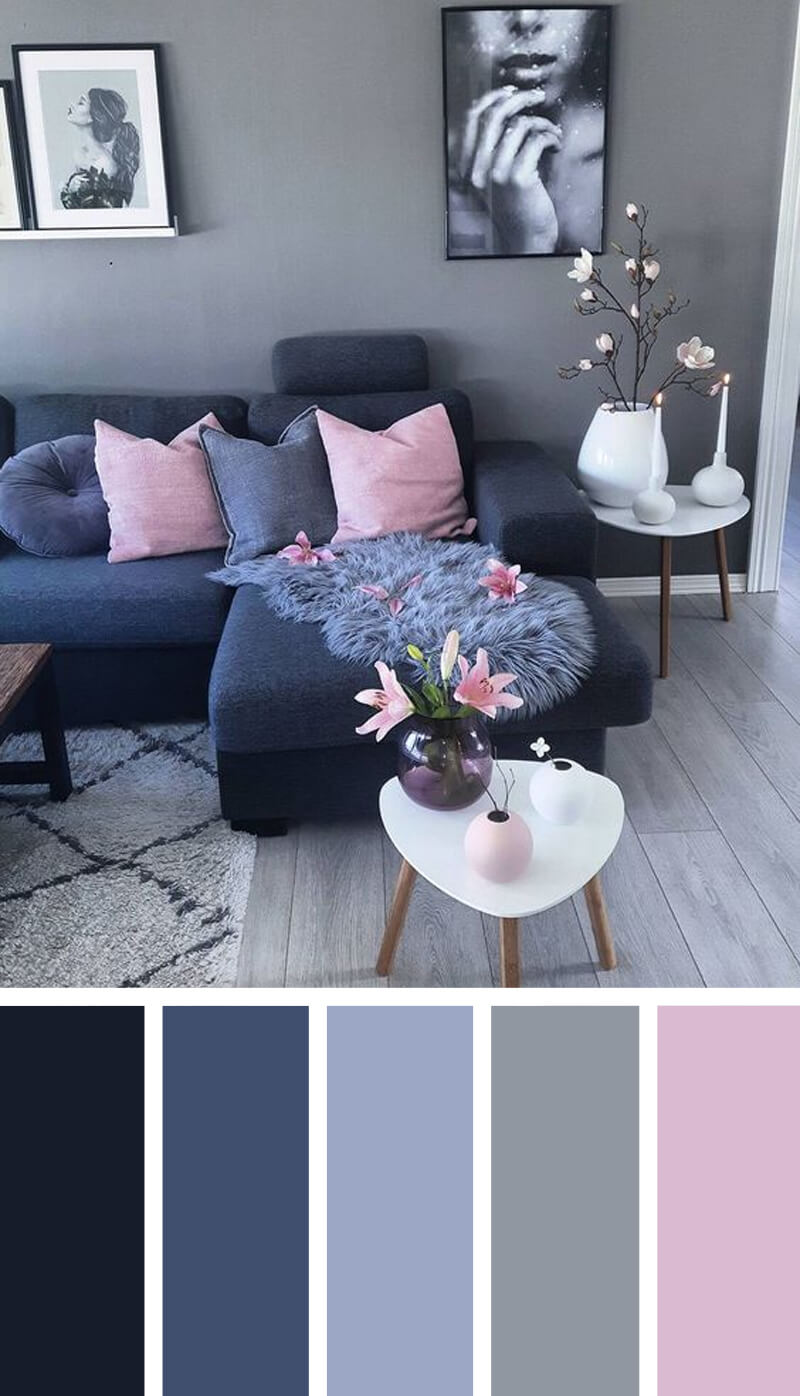



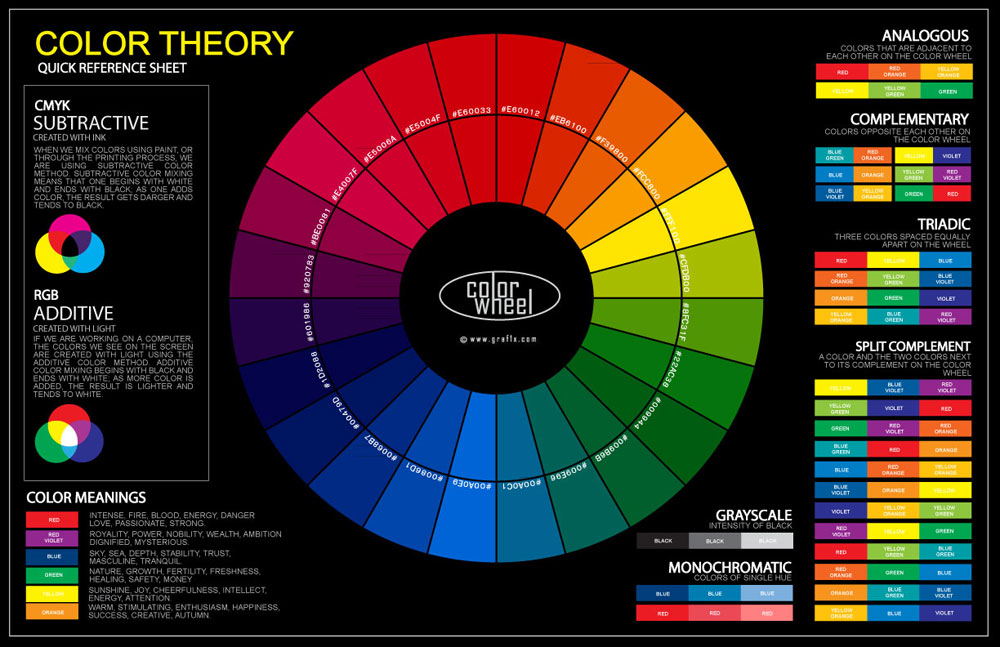



:extract_focal()/https://pocket-syndicated-images.s3.amazonaws.com/articles/5304/1596722483_at_housetours_2019-06_VivY-RhiannonSouthwell_AT_rhiannon_vivyapp-12.jpg)




/2795824-color-psychology-5b0478de04d1cf003aac1625.png)
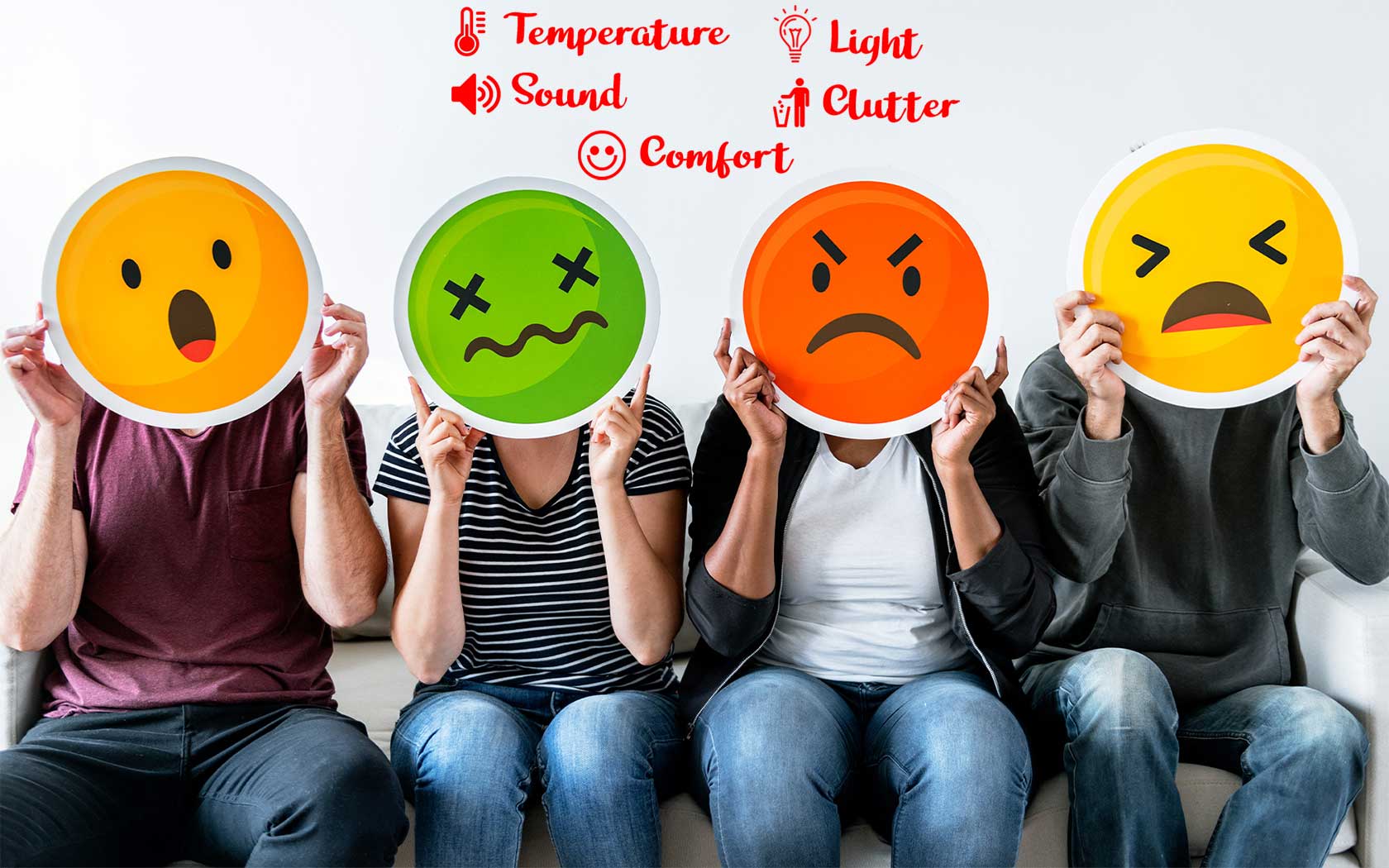
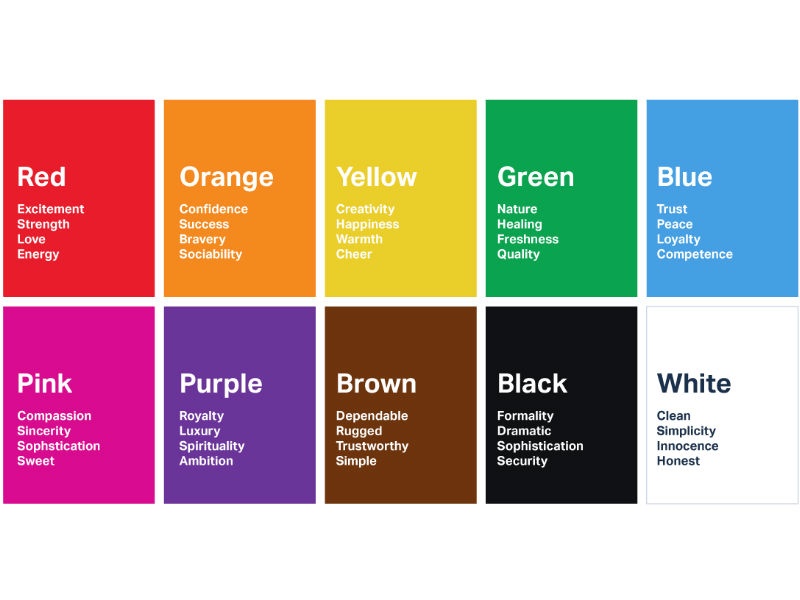


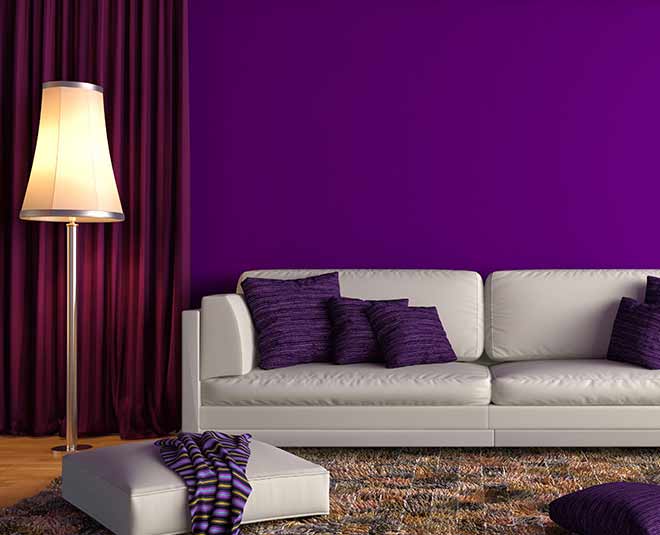



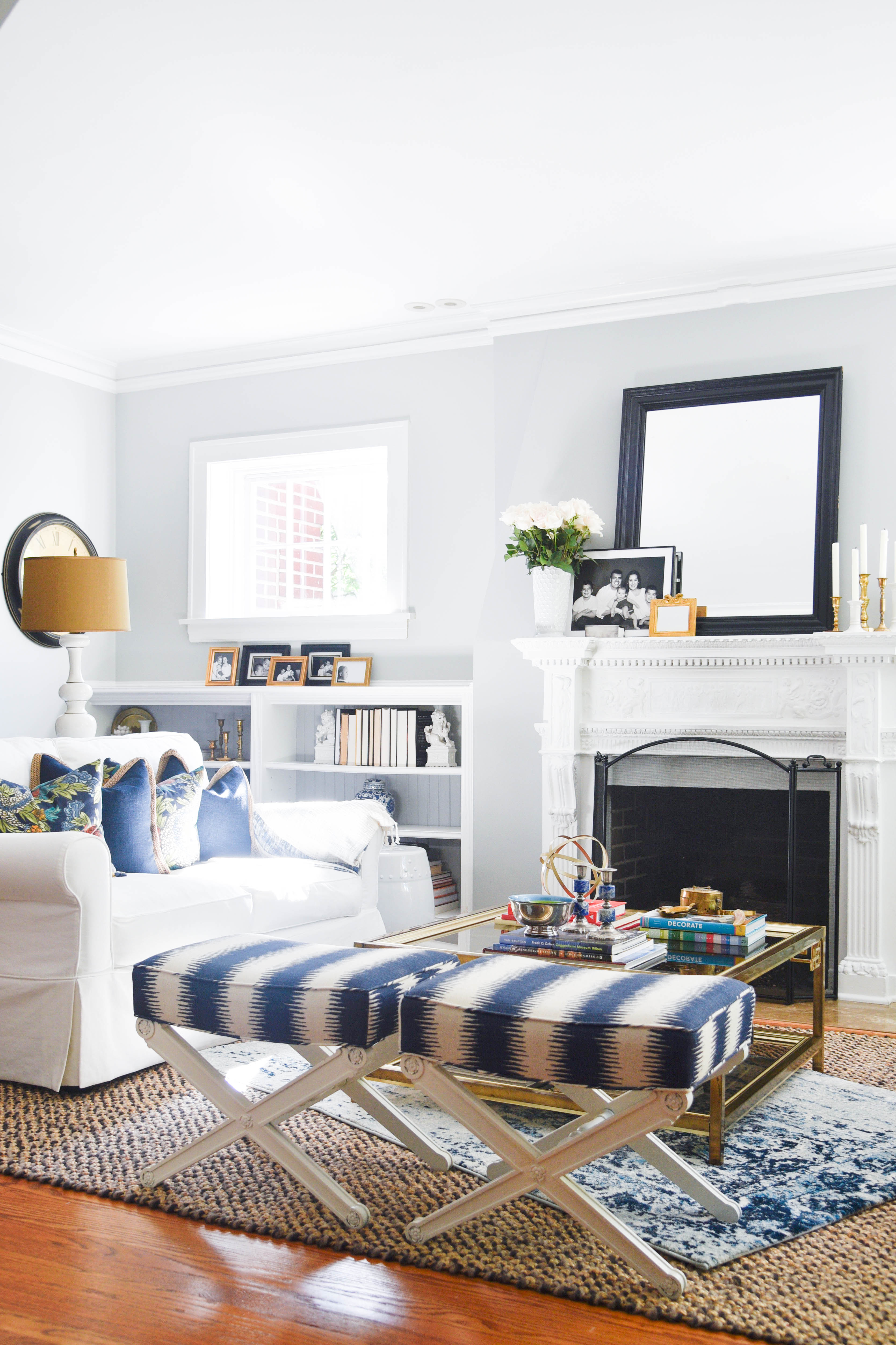








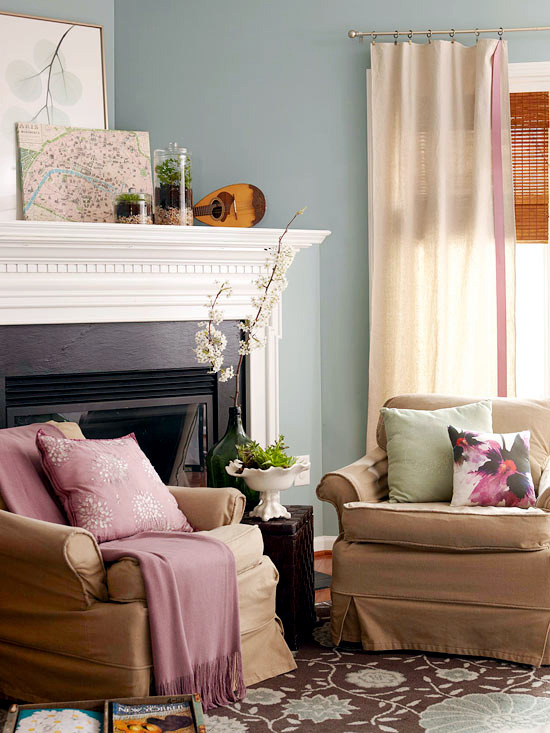

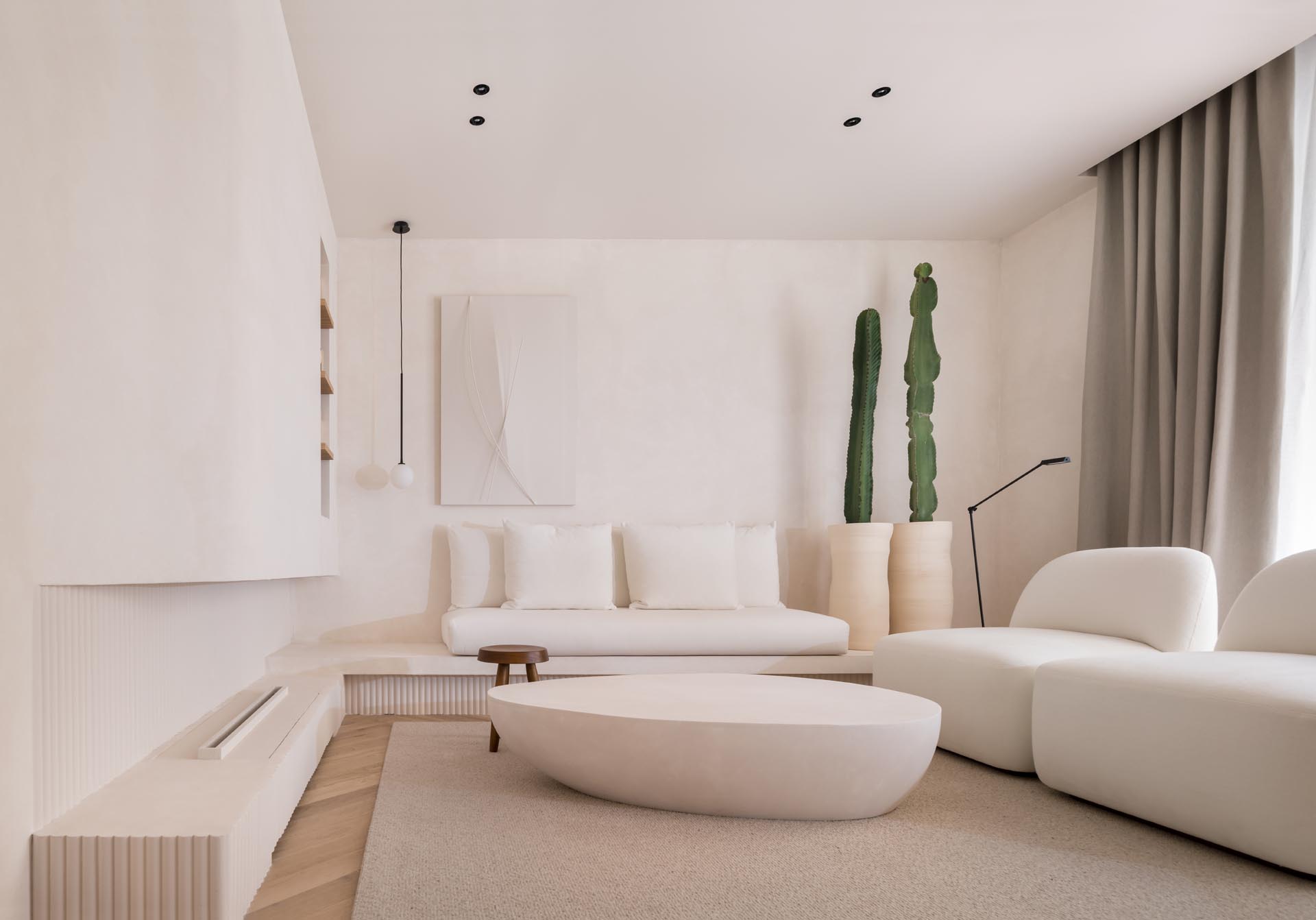
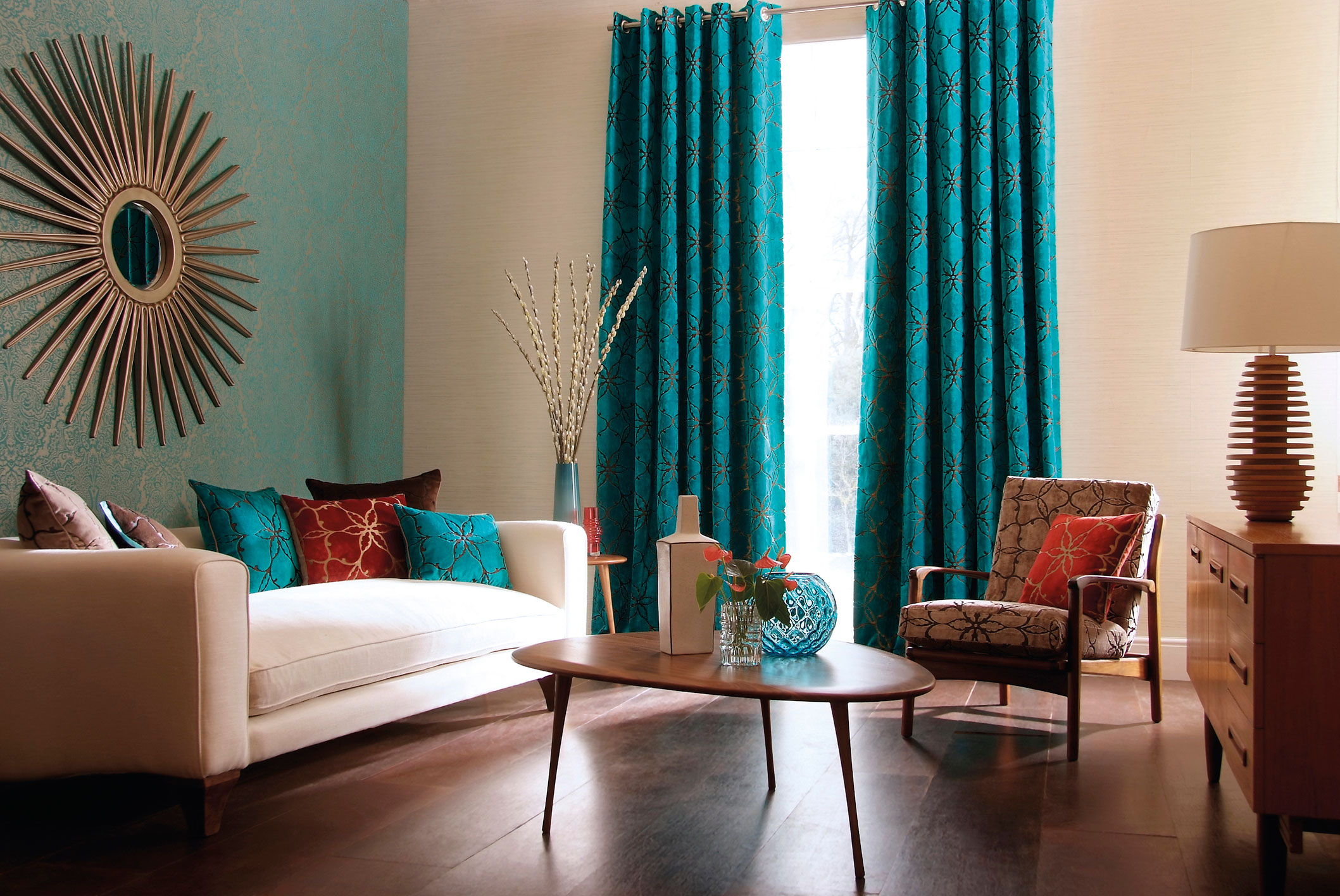






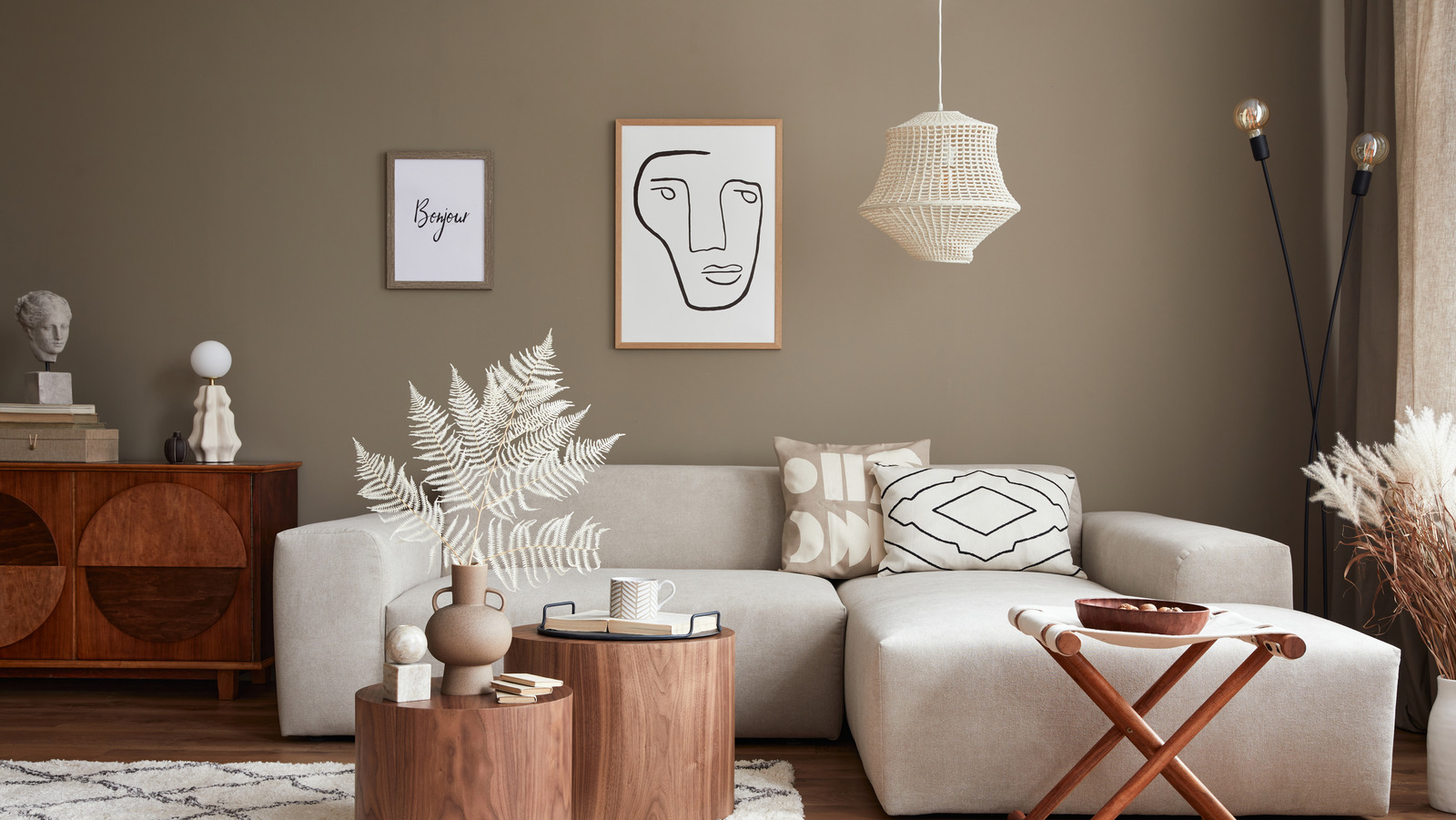
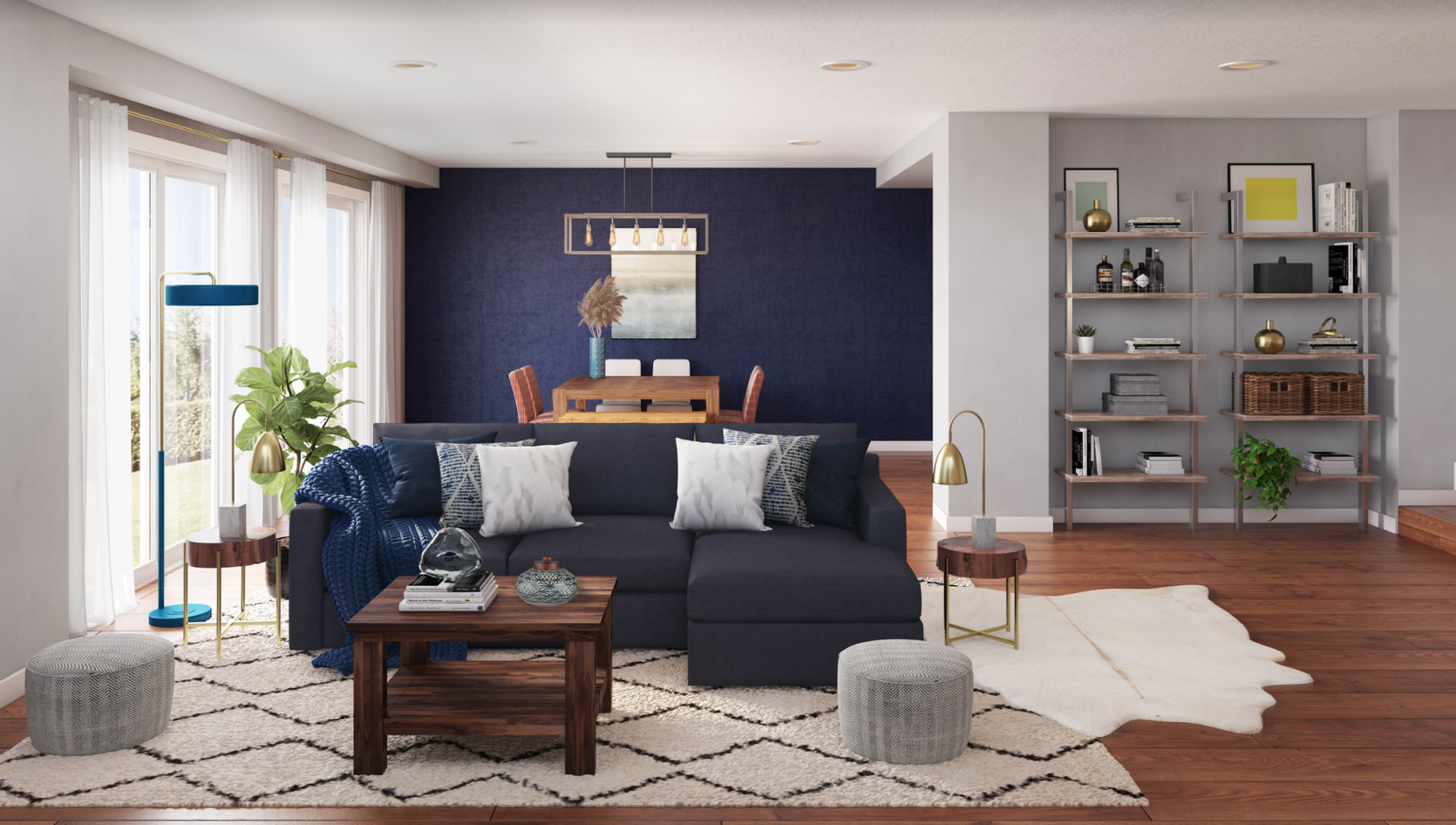

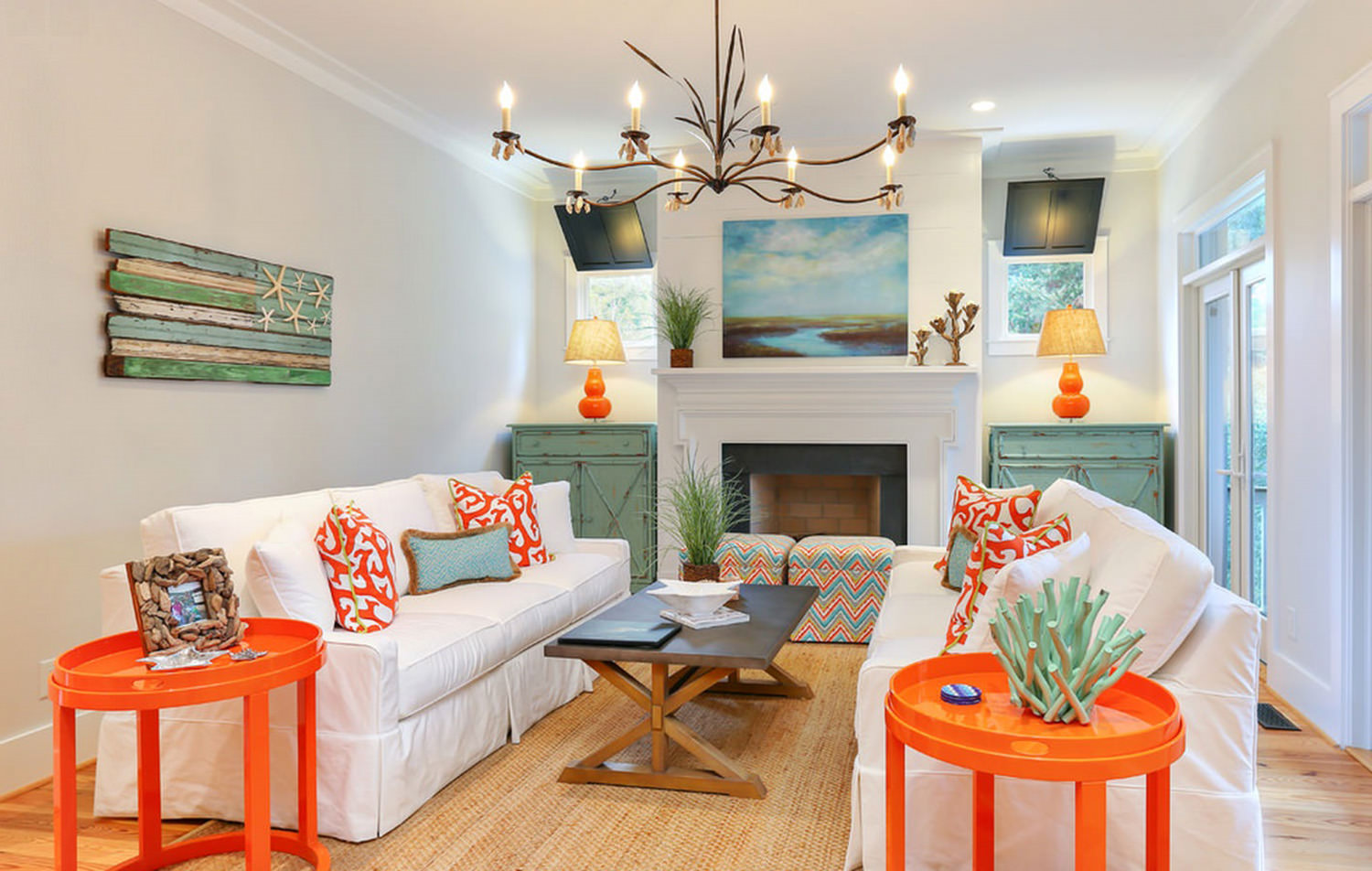
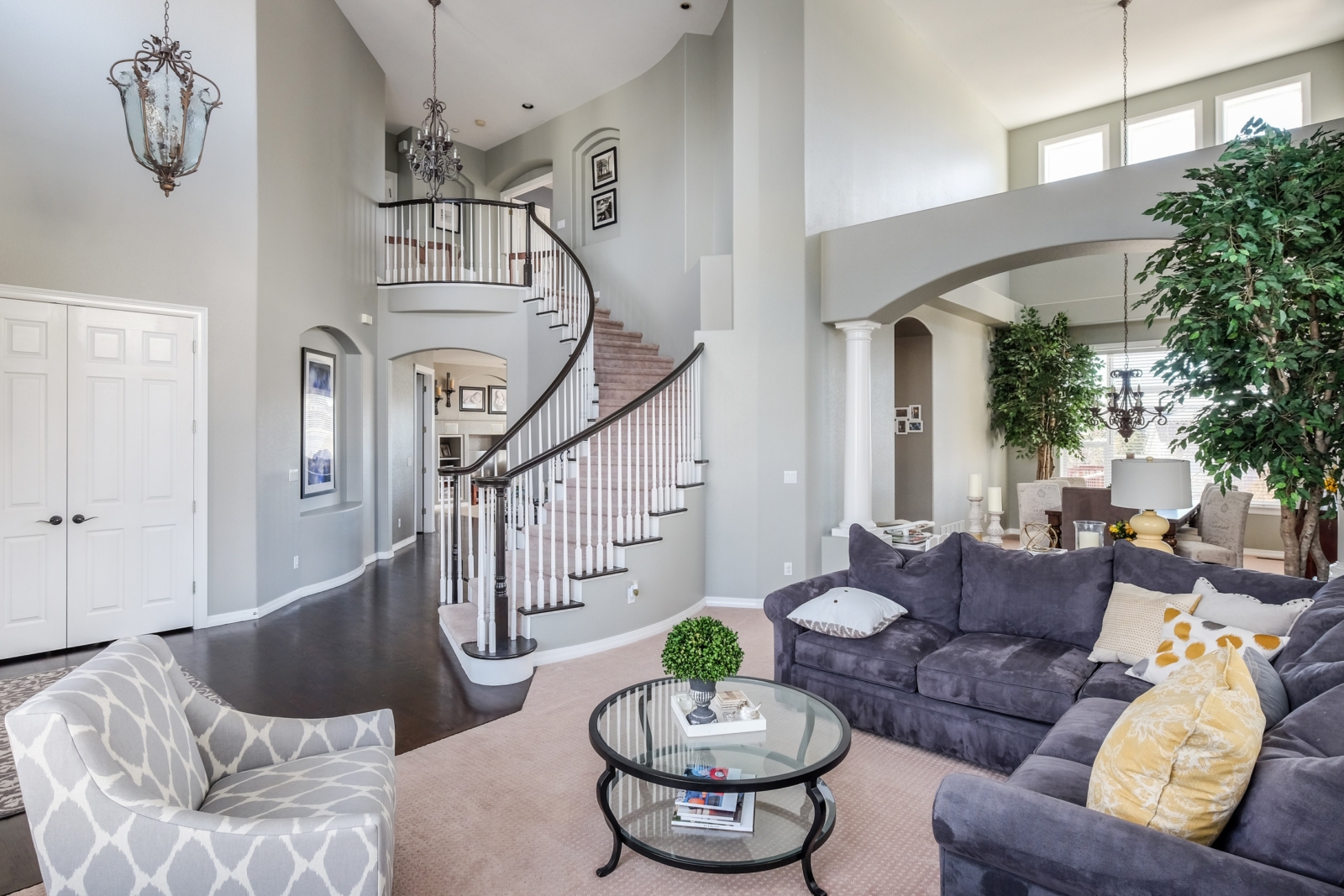
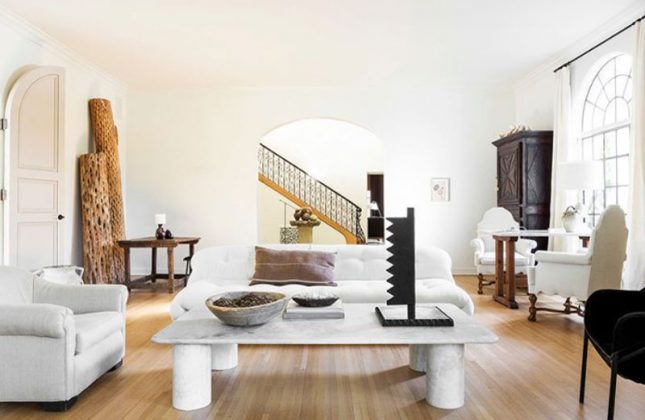

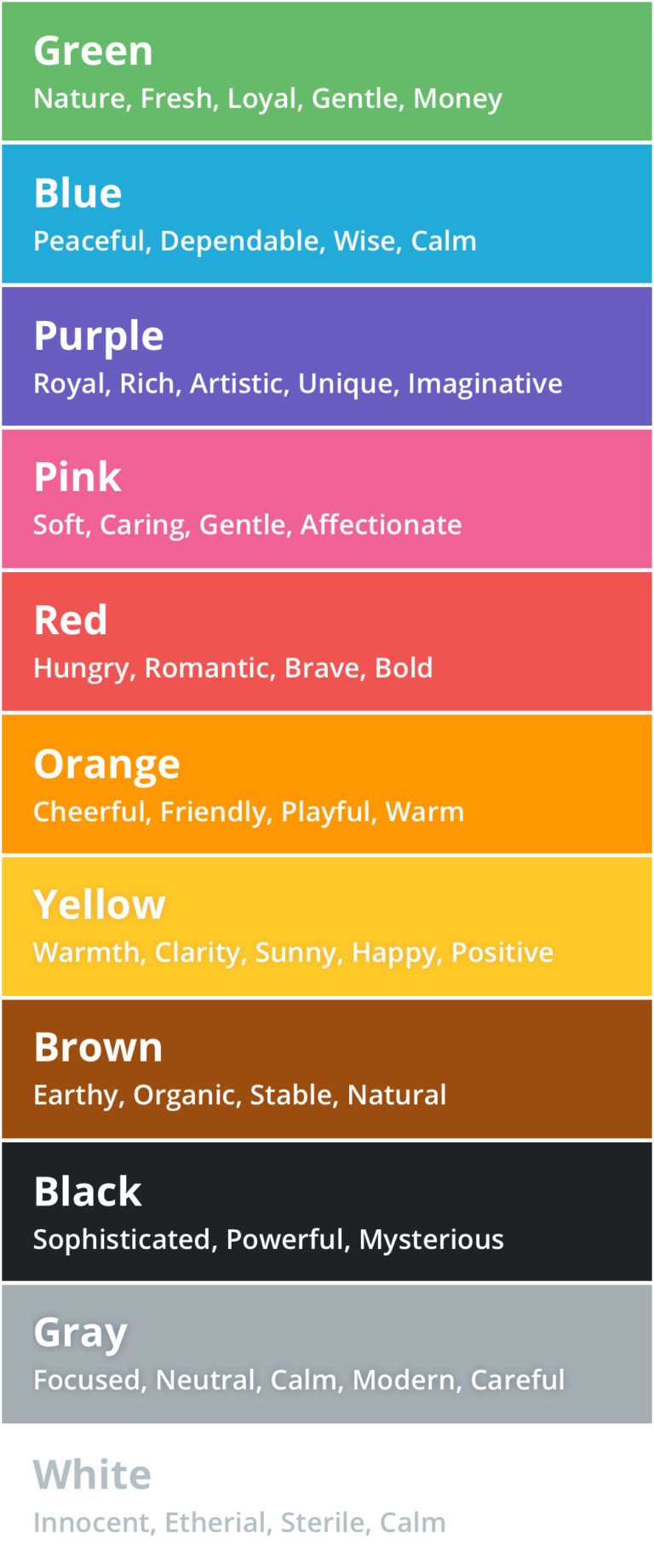


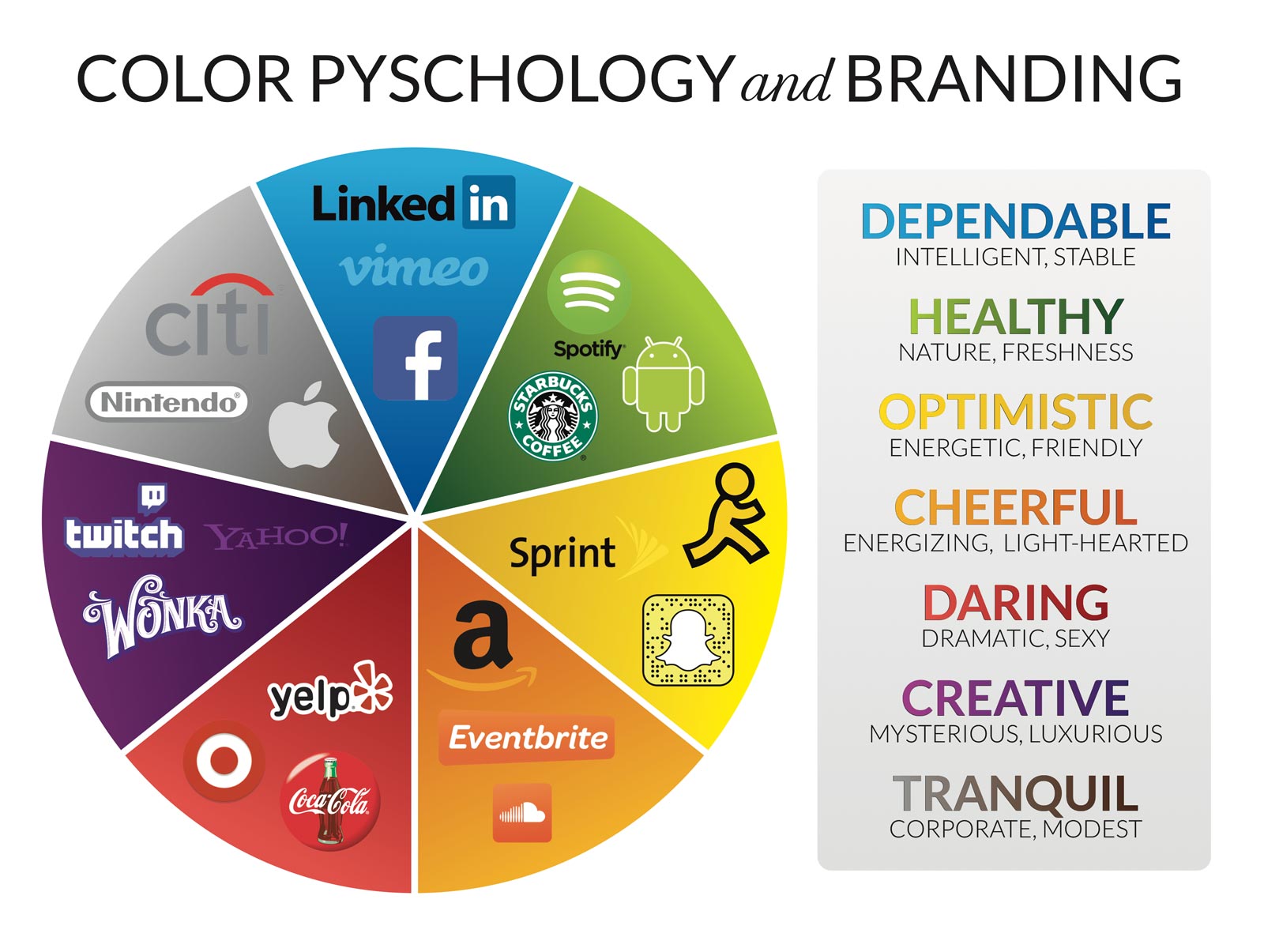

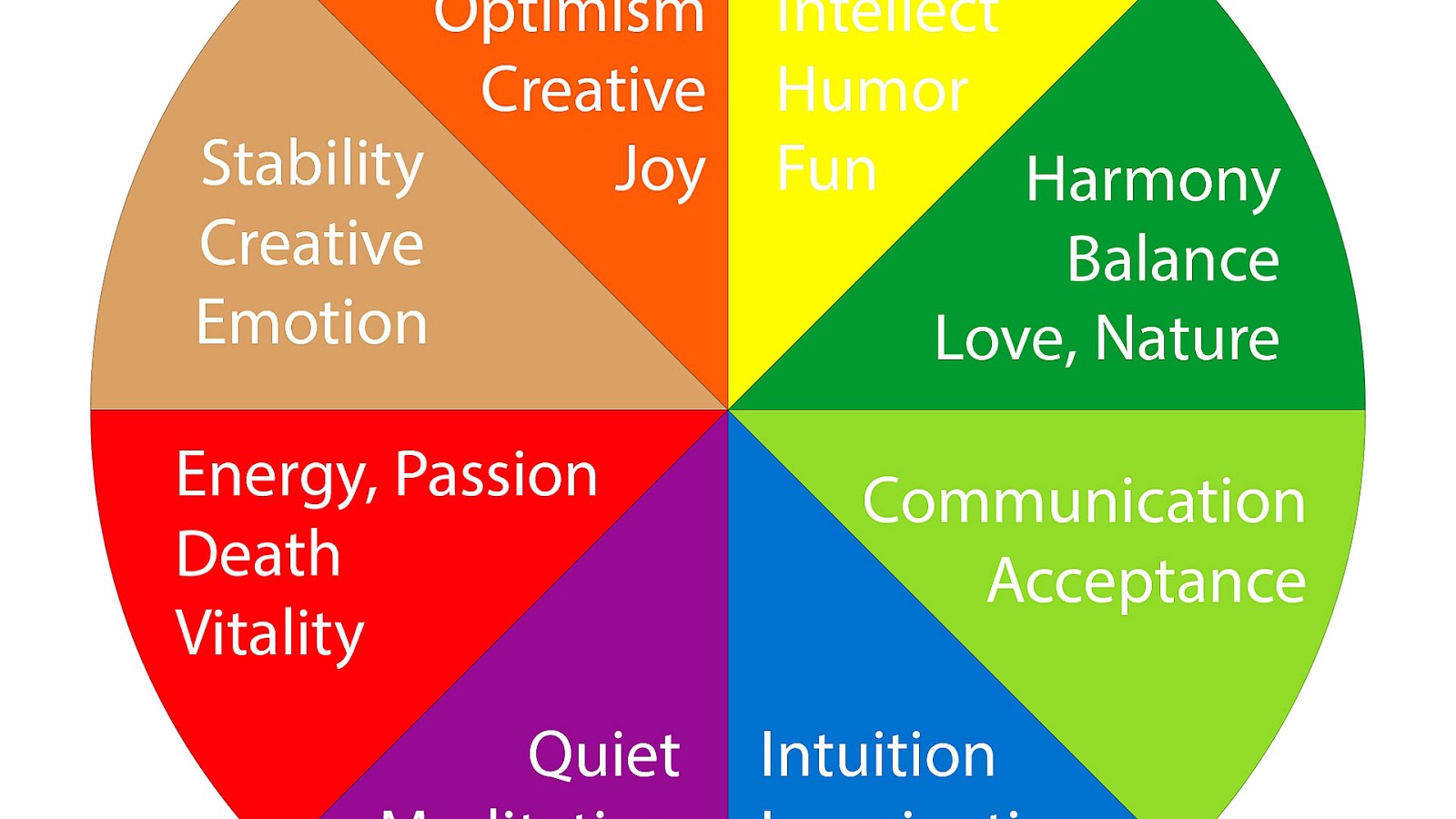

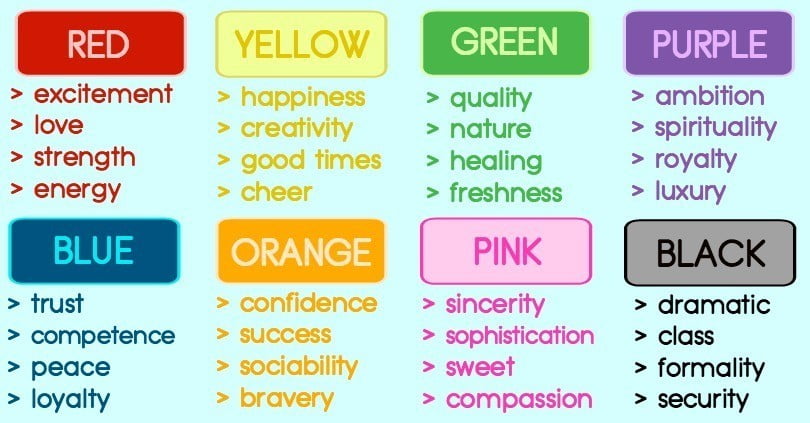

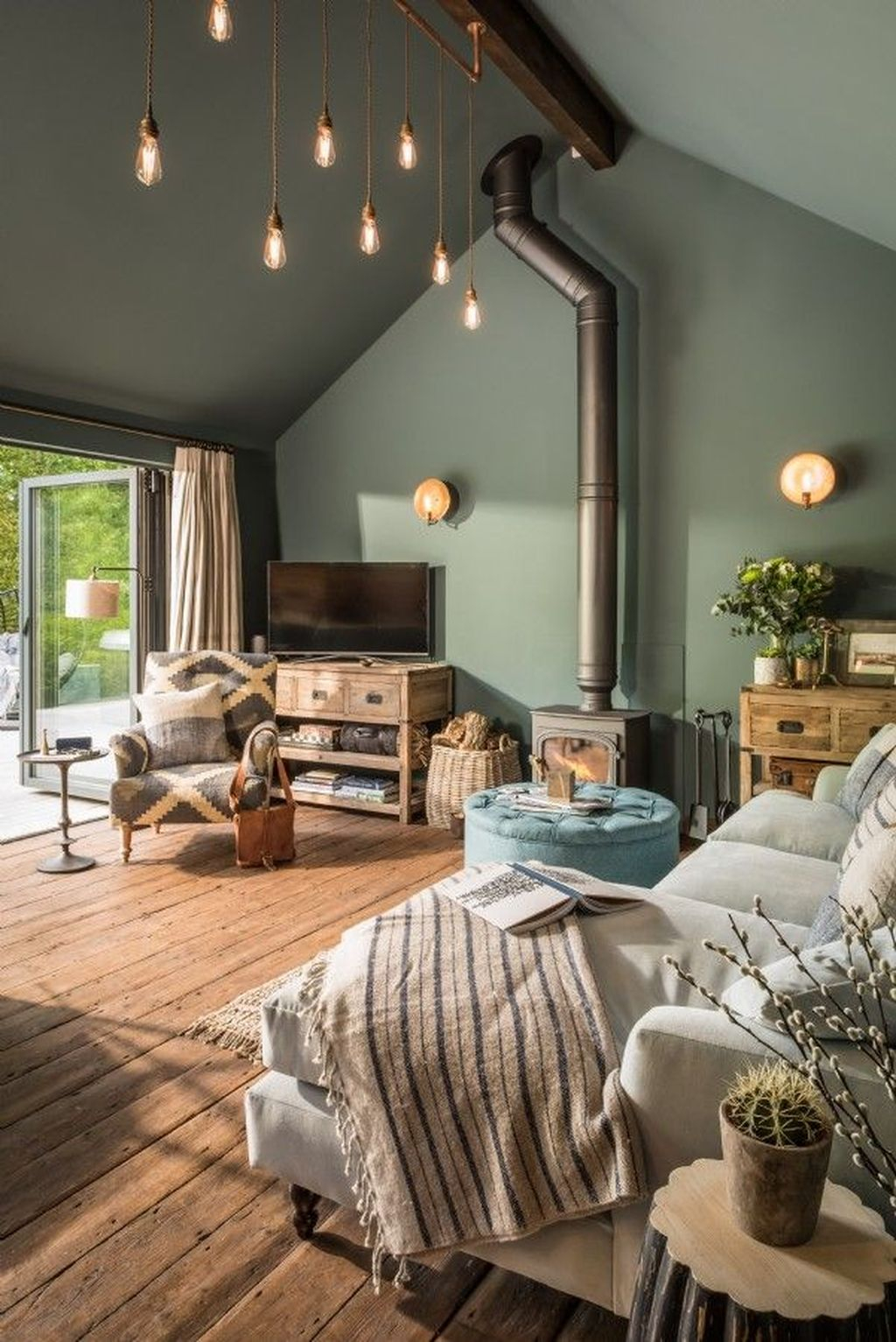


/169789002-58a723d63df78c345b930ec6.jpg)


